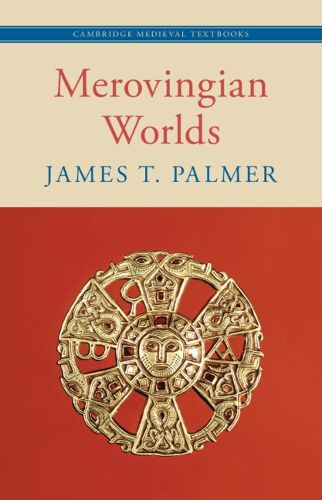Readings Newsletter
Become a Readings Member to make your shopping experience even easier.
Sign in or sign up for free!
You’re not far away from qualifying for FREE standard shipping within Australia
You’ve qualified for FREE standard shipping within Australia
The cart is loading…






The Merovingian Kingdoms (c. 450-751) dominated much of what is now France, Belgium, and Germany, and were the most powerful and long-lived of the states that transformed the inheritance of Rome after the Crisis of the Fifth Century. Yet they often remain representative of an imagined 'Dark Age', in which civility was eroded by migration, violence, illiteracy, superstition, and a retreat from globality. Through a deep exploration of manuscripts, charters, and burials, Merovingian Worlds offers a fresh account of the period, outlining its complexities, diversity and creativity. This was a world built on dynamic political, socio-economic, cultural, and religious interactions, and shaped by its wide-ranging connections from Britain and Ireland to Byzantium and beyond. The book provides a critical introduction to the rich source material and the modern debates that shaped our perception of Western Europe after the Fall of Rome.
$9.00 standard shipping within Australia
FREE standard shipping within Australia for orders over $100.00
Express & International shipping calculated at checkout
The Merovingian Kingdoms (c. 450-751) dominated much of what is now France, Belgium, and Germany, and were the most powerful and long-lived of the states that transformed the inheritance of Rome after the Crisis of the Fifth Century. Yet they often remain representative of an imagined 'Dark Age', in which civility was eroded by migration, violence, illiteracy, superstition, and a retreat from globality. Through a deep exploration of manuscripts, charters, and burials, Merovingian Worlds offers a fresh account of the period, outlining its complexities, diversity and creativity. This was a world built on dynamic political, socio-economic, cultural, and religious interactions, and shaped by its wide-ranging connections from Britain and Ireland to Byzantium and beyond. The book provides a critical introduction to the rich source material and the modern debates that shaped our perception of Western Europe after the Fall of Rome.